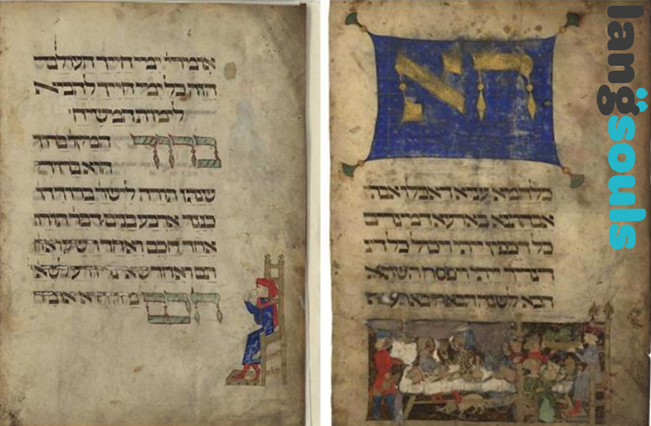From its humble beginnings on the Iberian Peninsula, the Portuguese language embarked on an extraordinary journey, crisscrossing continents and oceans, leaving an indelible mark on cultures worldwide. As one of the most widely spoken languages today, let us delve into the fascinating tale of how Portuguese spread throughout the world.
Lusitanian Roots
The roots of the Portuguese language can be traced back to the ancient region of Lusitania, located in present-day Portugal. As the region evolved through centuries of cultural and linguistic influences, it gave birth to the language we know and cherish today.
The Age of Exploration
The true global expansion of Portuguese began during the Age of Exploration in the 15th century. Portugal, a nation with a seafaring tradition, set sail to discover new lands and establish trade routes. Their voyages took them far and wide, and with every expedition, Portuguese explorers left a linguistic imprint on the places they encountered.
Brazil – The Jewel of South America
The largest and most populous Portuguese-speaking country in the world is Brazil. When Portuguese explorers, led by Pedro Álvares Cabral, landed on the Brazilian coast in 1500, they opened the door to a vibrant nation that would embrace the language, culture, and identity of Portugal.
Angola – The African Connection
Moving from South America to Africa, the Portuguese language spread to Angola during the colonial era. The nation’s rich cultural diversity fused with the language, resulting in a unique linguistic tapestry that continues to thrive today.
Mozambique – Where Cultures Converge
In the southeastern corner of Africa, Mozambique became another bastion of the Portuguese language. Its long and tumultuous history of trade, colonization, and independence has shaped a resilient society that cherishes its linguistic heritage.
Portugal – The Heart of it All
While Portuguese has fanned out across the globe, its roots in Portugal remain strong. The nation’s rich literary tradition, art, and architecture have been profoundly influenced by its language, showcasing the depth of its cultural impact.
Cape Verde, São Tomé and Príncipe, Guinea-Bissau
Off the western coast of Africa lie the island nations of Cape Verde, São Tomé and Príncipe, and Guinea-Bissau, each carrying the vibrant linguistic heritage bestowed upon them by Portuguese settlers.
East Timor – An Asian Enclave
In Southeast Asia, the small nation of East Timor bears the mark of Portuguese exploration. Though surrounded by countries with different languages, Portuguese remains an essential part of its identity.
Malawi – Where Portuguese Meets Africa
On the eastern side of the African continent, Malawi’s brief but significant history as a Portuguese colony left a lasting linguistic legacy among its people.
Guinea-Bissau – A Cultural Melting Pot
Located on Africa’s western coast, Guinea-Bissau is not only a linguistic hub but also a testament to the country’s diverse and vibrant cultural heritage.
Beyond these primary locations, the Portuguese language can also be found in smaller communities and enclaves scattered across the globe. From Macau, the former Portuguese colony in China, to Goa in India, and pockets of Portuguese-speaking communities in the United States, Canada, and Europe, the language’s influence continues to resonate.
The journey of the Portuguese language is a testament to the power of exploration, trade, and cultural exchange. Today, it stands tall as a bridge that connects diverse peoples, continents, and histories. As we celebrate the language’s resilience and ubiquity, let us embrace the richness it brings to our global tapestry, honoring the countless voices that have shaped it over the centuries.





